A nice cold beer with some tapas is the cornerstone of Spanish socializing and now a new ranking of the country’s beers has been released to help you choose your tipple more wisely this summer.
And the winner might come as a surprise.
While famous Spanish export San Miguel sits near the bottom of the ranking, the own-brand larger from Spanish supermarket Hipercor takes the crown as Spain’s best.
Generally, the own-brand beers from Spain’s supermarkets did better on taste and quality than the brand names, the OCU revealed.
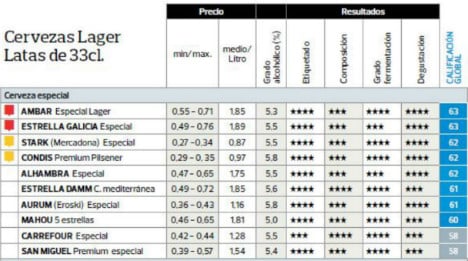
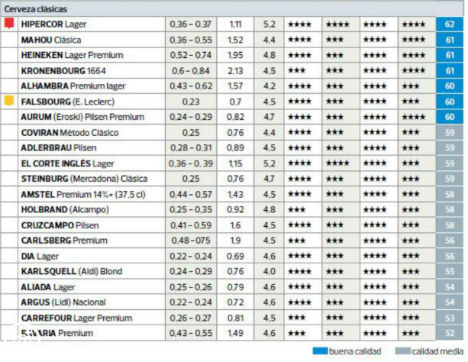
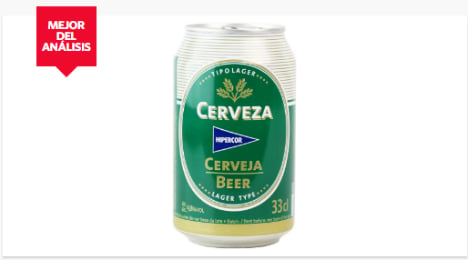
In the ranking of classic beers, the own-brand offering from supermarket Hipercor takes first place (above), followed by Mahou Clasica, the Madrid-based beer.
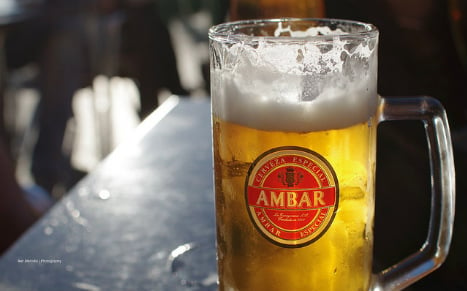
IkerMerodio/Flickr
When it comes to more quality beers, Ambar takes the crown. The beer has been brewed in the city of Zaragoza since 1900.
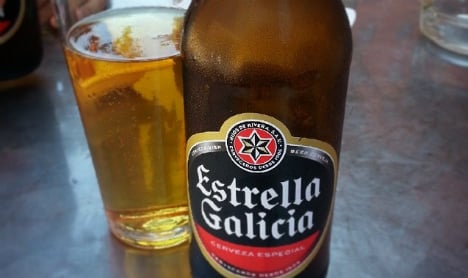
Photo: Alfonso Legldo/Flickr
In second place is Estrella Galicia, from Spain’s northwestern region, which is owned and produced at the Hijos de Rivera Brewery in A Coruña. The company was founded in 1906 and is family-run to this day.
The study, released by Spain’s Organization of Consumers and Users (OCU) analyzed 31 beer brands and ranked them according to several categories including taste, price and composition.
Experts analyzed the composition of the beers, from the amount of malt used to the taste of the beer and the results were not exactly glowing… Only a third of beers sold in Spain passed the experts’ taste test.
Spain is one of the biggest beer-drinking nations in the world and estimates vary wildly on quite how much of the golden stuff Spaniards consume – anything from 46 to 86 litres per person annually.




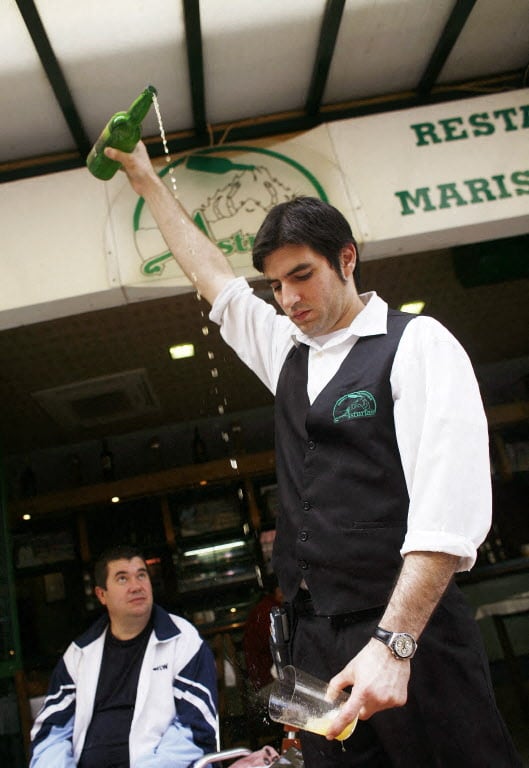
 Please whitelist us to continue reading.
Please whitelist us to continue reading.
Member comments